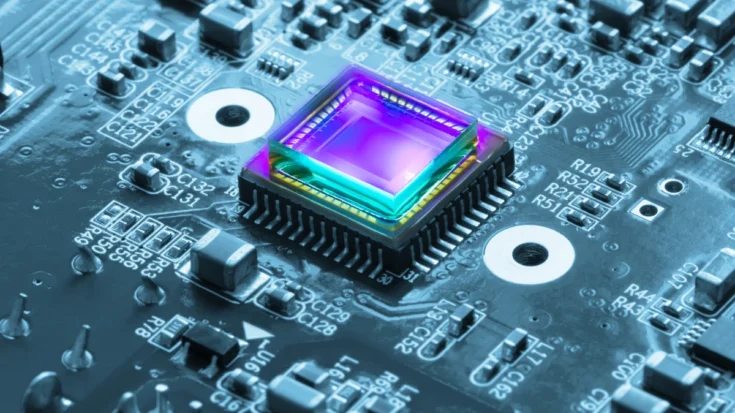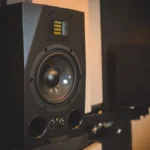Are you familiar with smart clothing? This clothing continues to grow, especially in fashion and health.
Smart clothing with its sensors can monitor various body parameters to the wearer’s physical activity level.
This article will inform you about smart clothing from its definition, how it works, examples of application, and its regulation in Indonesia.
Also Read
Table of Contents
What is Smart Clothing?

Smart clothing is clothing equipped with sensors and other electronic components that allow it to monitor body activity.
Body temperature, heart rate, and muscle activity can be monitored using these clothes.
These clothes can monitor various health parameters, provide connectivity, and even adapt to the user’s needs. These clothes are useful in the fields of health, sports, and fashion.
How Smart Clothing Works
Here’s how smart clothing works:
- Sensors and actuators: Produce integrations that can detect physical movement, environmental factors, and biological signals.
- Collects data: Sensors collect data such as heart rate, body temperature, humidity level, posture, or even muscle activity.
- Transmitting data: The data is then transmitted to a connected device (such as a smartphone or cloud server) for real-time analysis and feedback.
Some of these clothes is powered by flexible batteries, solar cells, or energy derived from movement (such as piezoelectric materials), making them lightweight and functional.
The Application of Smart Clothing

Here are 6 examples of the application of smart clothing in several sectors:
- Fashion and Aesthetics: Some garments are designed with dynamic displays that can change color or pattern based on ambient conditions or user input.
- Workplace Applications: In work environments such as construction, these clothes can alert workers to incorrect posture, fatigue, or excessive physical stress.
- Health and Fitness Monitoring: Smart clothing such as sweatshirts with heart rate sensors, jackets that help correct posture, and advanced sports bras that can monitor physical activity, vital signs, and body performance in real-time.
- Body Temperature Regulation: Clothing with adaptive thermal technology is able to adjust the temperature according to the body’s condition, providing a cool or warm effect as needed.
- Safety: Safety features such as LED lights to improve the visibility of the user a cyclist, runner, or worker, and GPS for location tracking can be embedded in these clothes.
- Medical and Rehabilitation Field: Some types of smart clothing are designed specifically for patients, with the ability to monitor vital signs, and muscle movements, and support muscle stimulation for the healing process.
Smart Clothing Regulations in Indonesia

Smart clothing uses communication technologies such as Bluetooth, NFC, or WiFi that operate within a specific frequency spectrum. In Indonesia, any Bluetooth, NFC, or WiFi-based wireless device is required to have DJID (Directorate General of Digital Infrastructure) under the Ministry of Communication and Digital (KOMDIGI).
This is based on KEPMEN No. 260 Tahun 2024 and No. 12 Tahun 2025, which require all radio frequency-based devices, including smart clothing, to meet specific technical standards before being sold in the country.
The certification ensures that the product meets government safety and quality regulations and does not interfere with other communication devices. The certification process involves technical testing, such as frequency adjustments, safety checks, and compatibility with the surrounding environment.
Once the tests are completed, products that pass are listed in a Test Result Report, which confirms that the product is safe and ready for sale in Indonesia. This report reassures customers that the product meets technical standards and is secure.
For companies wanting to sell smart clothing in Indonesia, Type Approval Certification Services for ICT Products are available to assist with this process. This service includes preparing technical and legal documents, conducting required testing, ensuring compliance with regulations, helping companies streamline the certification process, and giving consumers confidence in certified products.


















